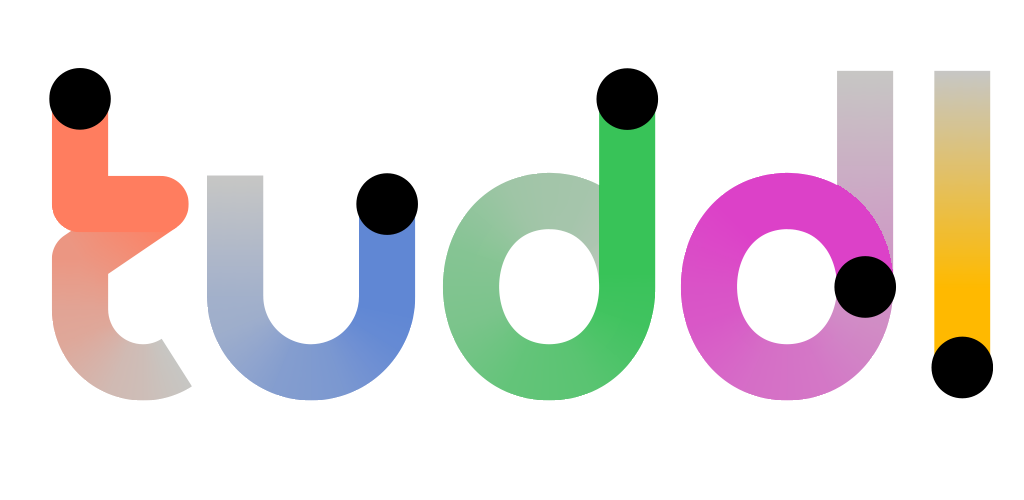Tuddl CXO, Chris Preston, shares this thoughts on flexible working for employees.
I have a really challenging view on organisations that are resisting creating a flexible work culture. They are being lazy. Well, if not lazy, then they are daunted, scared or in denial about the amount of work that’s going to be needed to retool a workforce that is asking (demanding) a new way of working.
The metrics are undeniable, and I’m not going to dive into them. But let’s just say, people really like the idea of a more flexible work pattern, and many companies can benefit in many ways from making it happen. I know, for some it’s not as easy – manufacturing and retail in particular. But many organisations can make the pivot. And here’s the ‘lazy’ bit – it’ll take more than a policy to make it happen. It’s going to take a whole new approach to management.
If I really simplify management down, we can talk about a ‘scale’ that has three points on it: visibility, activity, output.
Traditionally, the first one is the approach that’s been dominant. Effectively, it boils down to ‘if I can see you, then you are working.’ I hear chuckles from the audience, but let’s face it, it’s true. So much of what we’ve done in the past has been about counting heads, managing ‘absence’ and herding people into rooms like sheep dogs.
But the pandemic took that away, didn’t it? Managers that relied on line-of-sight approaches had to find new ways to monitor (deliberate word) people. So, some eyes turned to activity, and sought new ways to check if people were busy. We heard lots of tales of spy software being implemented across companies – key logging software, mouse movement tracking, ‘attentiveness’ assessment. And so the game began.
People found innovative ways to circumvent these, and likely became less productive as they worked out how to harness their pet hamster to the computer’s mouse (a chimeric image there). And, come on, since when has ‘active’ been a good measure of productivity? I spent many happy hours internet shopping whilst in corporate roles.
So, what is the best approach? At the end of my management continuum sits output. Is that the holy grail? Yes and no. We should absolutely help people to be as productive as they can be, and it’s the most adult-adult approach to take with people. Asking ‘is it done’ is much better than ‘when and how will you do it’. Focusing on output is far more likely to create good outcomes, in ways that feel more trusting, empathetic and collaborative.
Why ‘yes and no?’ Because we can’t just shift the dial and stick there. It’s important that we still see each other regularly, making those human connections that are so vital. And it’s imperative that we help people work in effective ways – giving them guidance and tools/habits to stay focused, motivated and on track. Good management will, more than ever, be moving up and down the continuum, adapting approaches as situations and people’s needs emerge.
There’s the laziness. I know, sadly, that some managers don’t want that extra effort. Luckily, they are vanishingly small. The biggest group are the ones that want to evolve their approach, but really need the support and learning to do so. They know, as do we, that things like connection, wellbeing and productivity can all be maintained and enhanced in a flexible work world, if you can get it right.
It’s the next big challenge, and one we can’t and shouldn’t duck. To put it in perspective, what would be the fall-out if organisations decided that it was far simpler to just hire men, or only white people, or not install disabled toilets, or to stick to a birth-gender determined dress code. That sounds crazy right? Now add flex working into the list… It still sounds bad. That’s tempered with my earlier comment that for some teams and sectors it isn’t easy.
Need help empowering your teams across flexible working? Connect with one of our Tuddl team members to schedule a demo and start your journey to a winning culture.



